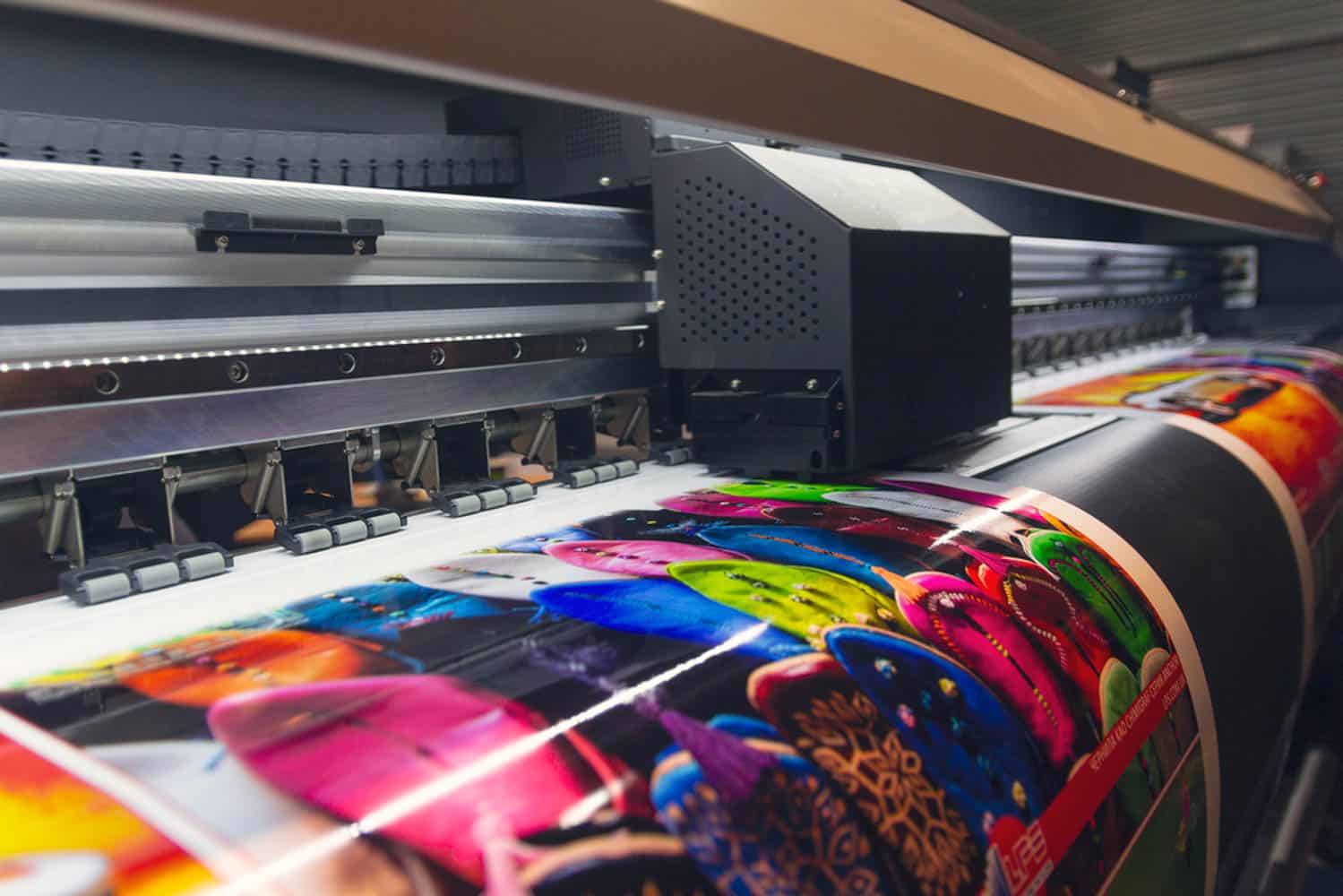These examples show the actual potential of print on demand businesses.
These examples show the actual potential of print on demand businesses.
Blog Article
Recognizing How Digital Printing Changes the Printing Industry
The printing market, long soaked in traditional techniques, is undertaking a radical improvement with the advent of digital printing. This cutting-edge technology, which avoids the demand for printing plates, allows fast manufacturing and customization, reshaping the landscape of print communication. With its possible to spur engagement with customized web content and to offer sustainable services, it's clear that digital printing is more than a technological innovation; it's a pivotal game changer. Exactly how specifically does it change the industry? Allow's explore.
The Development of Digital Printing: A Brief Overview
Considering that its inception, digital printing has undergone substantial improvements, consistently reinventing the printing sector. With the development of the 90s, digital printing technology started to mature, and the market observed the introduction of straight imaging presses, which removed the requirement for publishing plates. As the new millennium unravelled, developments in modern technology further spurred the development of electronic printing, leading to the creation of high-speed inkjet printers.

Unpacking the Modern Technology Behind Digital Printing
Diving into the details of digital printing modern technology, one encounters a rich tapestry of sophisticated equipment and complex algorithms. At the heart of this procedure exists a digital picture, which is refined by software that divides it into a grid of dots. This complex system, bolstered by sophisticated software program and high-resolution imaging, has actually transformed the landscape of the printing industry, paving the means for unmatched levels of detail and accuracy.

The Advantages of Digital Printing for Businesses
Recognizing the innovation behind digital printing gives a clear picture of its accuracy and see detail. Electronic printing is eco friendly, utilizing much less ink and producing less waste. The complete possibility of digital printing is realized when utilized for personalization and customization, a topic that will be covered in deepness in the next section.
The Role of Digital Printing in Customization and Personalization
While conventional printing methods battle with modification and personalization, electronic printing stands out in these locations. It allows for the simple change of styles, without the demand for expensive and taxing plate changes (print on demand). This allows businesses to customize products to individual customers, meeting certain requirements and boosting client contentment
Digital printing likewise enables variable information printing, where components such as text, graphics, and photos may be changed from one printed piece to the next, without decreasing the printing process. This is particularly helpful for straight advertising projects, where customized messaging can substantially enhance action rates. By doing this, electronic printing not just changes the printing sector yet likewise changes the method organizations communicate with their clients.
Evaluating the Ecological Effect of Digital Printing
Although electronic printing has actually been admired for its role in modification and personalization, it is critical to examine its environmental effect. Digital printing can be much less inefficient than traditional methods, because it operates a 'print as needed' basis, getting rid of the demand for huge print runs that can cause excess and waste. In addition, it uses fewer chemicals and creates less unstable organic compounds (VOCs) compared to balance out printing. The power usage of electronic printers can be high, leading to raised carbon footprint. The usage of non-recyclable printing elements and the difficulty of e-waste monitoring present considerable these details environmental issues. read this post here As a result, while digital printing has many benefits, its ecological influence should be diligently handled.
Final thought
To conclude, electronic printing has changed the printing industry, supplying fast, cost-effective, and high-quality options. It helps with modification, improving consumer interaction, and employs a lasting print-on-demand version. As this innovation proceeds to develop, its influence on company interaction, customer contentment, and environmental sustainability comes to be increasingly profound. Recognizing these changes is vital for businesses to take advantage of the advantages of digital printing efficiently.
Report this page